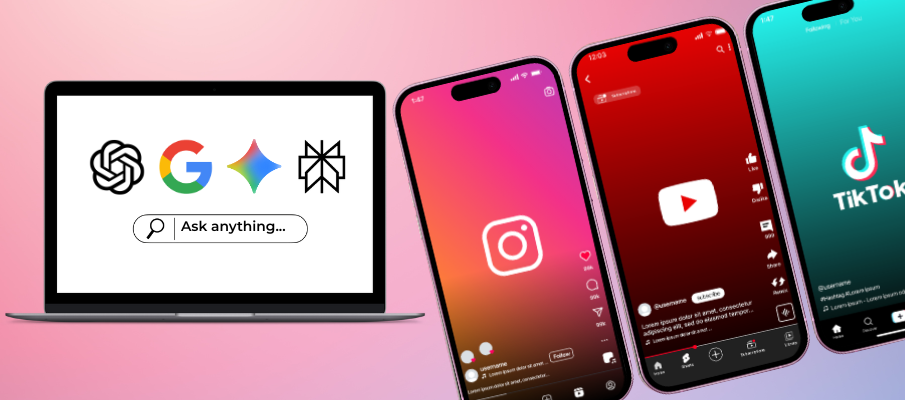Mobile and Speed is the Name of the Game
By Tomahawk on
When it comes to mobile browsing, speed is the number one consideration for users. Expectations are high, but many seem to be missing the mark. On average, load time for retail mSites is at 7.083 seconds according to Mobile HTTP Archive.
.jpg)
The focus on images has been counterproductive to improving speed. Over that last few years, mobile page sizes have grown drastically with the average page served to mobile increasing by 203% since 2011. And the consequences are severe. Did you know that every second of delay from the first second of loading costs money? RadWare and Neil Patel have published information on the impact of loading time to the bottom line. Some of the most important findings of the research include the following figures:
- 11% decrease in pageviews
- 7% decrease in conversion
- 8.3% increase in bounce rates
- 2.1% decrease in cart size
- 16% in user satisfaction
Enter Google Accelerated Mobile Pages (AMP). The AMP project is an open source initiative that relies on existing web technologies with strong limitations on elements that slow down webpages (read: JavaScript). This framework for building web pages helps improve the mobile experience by boosting the load time of rich media.
To get started on AMP, you need to create an alternate version of your site that conforms with the standards set here: AMP Project. Some notable things to remember when designing your AMP pages:
- Only asynchronous scripts are allowed
- Declare size of external resources in the html
- Don’t let extension mechanisms block page rendering
- Keep third-party Javascript in sandboxed iframes
- Keep CSS inline
- Optimize web fonts

Another big, new concept to understand in relation to the AMP Project is Google AMP Cache – this is a cache of validated AMP documents served up from Google’s cache server. While it does provide a faster user experience, it works very differently from a regular page in that it does not go back to the publisher’s page but rather points to AMP content kept within Google server. Clicking on AMP content keeps the searcher within Google and shows only the Google URL for that piece of content. This may be troublesome and confusing in terms of sharing the content.
Google recently indicated that changes will be made to the current header that shows above AMP content. The header already shows the domain of the publisher but it isn’t clickable yet. We may be seeing changes to this in the next few months.
There are many excellent reasons to consider creating AMP versions of your pages. Aside from offering a faster and more engaging experience to your mobile users, it can also have a positive impact on your traffic. While AMP is not a ranking factor, AMP pages by nature, are SEO-friendly and have a better chance at ranking better in Google search results. Google also recently started showing AMP pages in image search results. (You’ll know they’re AMP pages because of the logo, which takes you to the AMP version of the page when you click on it).
Google announced last year that there are now 600 million AMP pages on 700,000 domains and AMP publishers are seeing an increase in repeat traffic and better engagement with their pages. Talk to Tomahawk today to find out more about creating an AMP version of your site.
Read more articles
10 SEO Hidden Secrets You Probably Haven't Thought Of
By Tomahawk |

Everyone knows the basics of SEO: use keywords, write great content, get backlinks, keep your site speedy. But what about the less obvious stuff? Those subtle signals that can give your website a quiet nudge up the rankings while...
New Ways Travellers Plan & Book: From AI to Social Search
By Tomahawk |
Definition of a Search Engine
As AI and social media has evolved, “search engine” no longer just means Google. The definition of a search engine is now about how travellers find trust, inspiration, and the confidence to...

